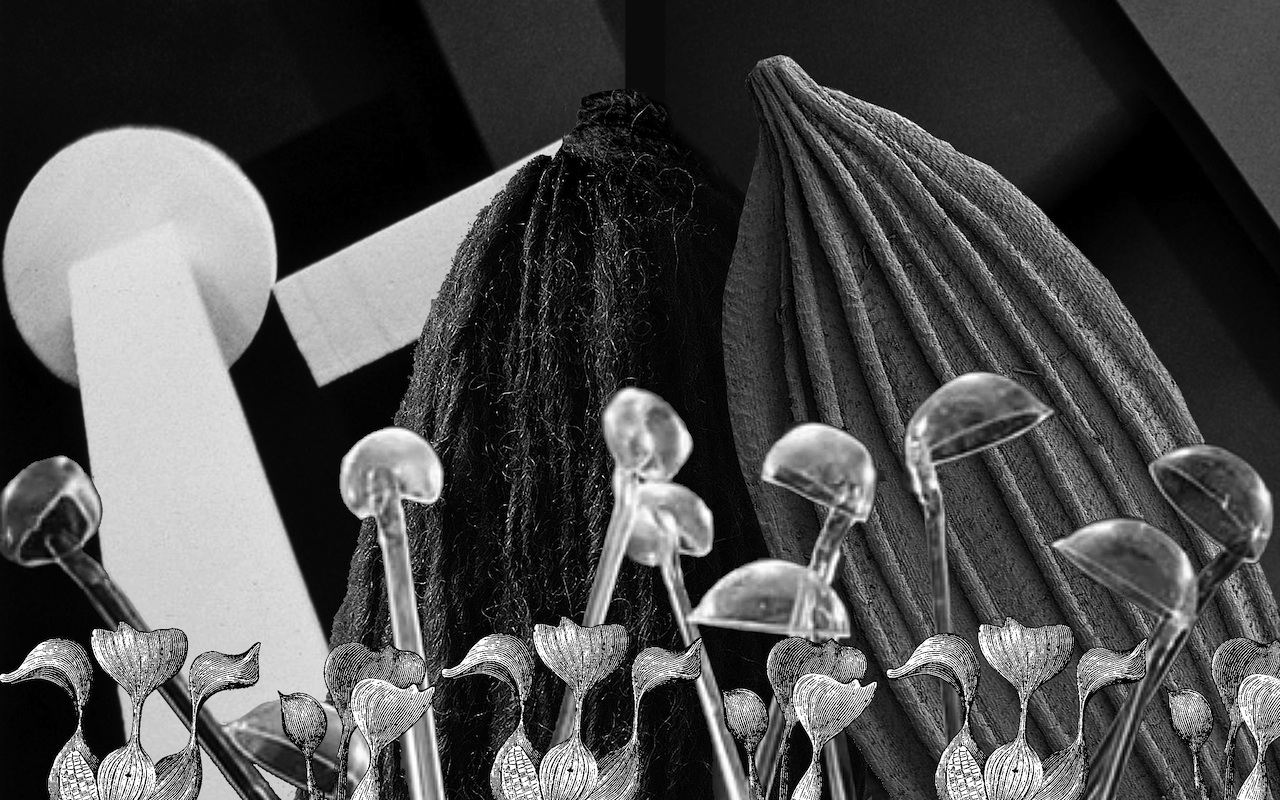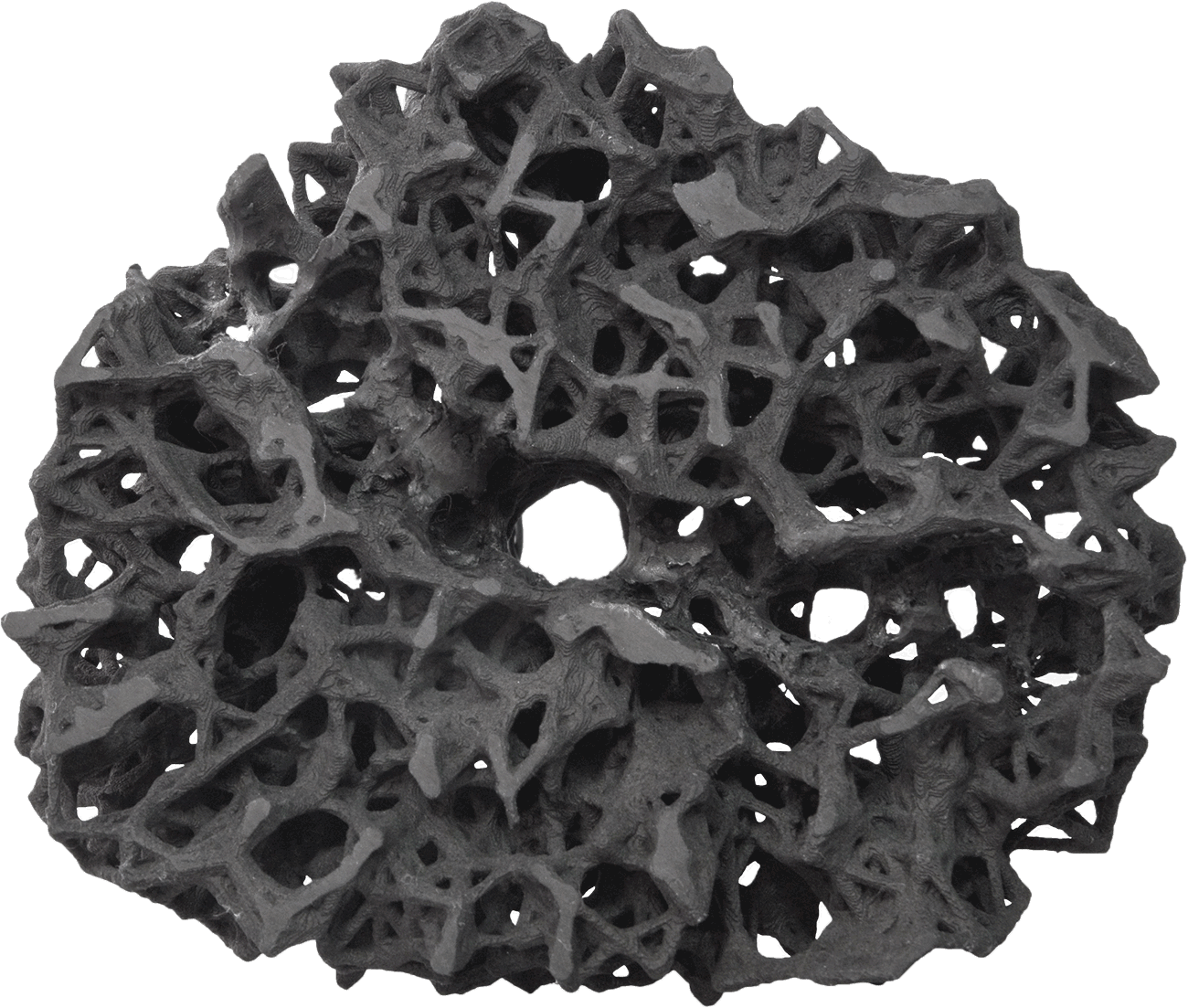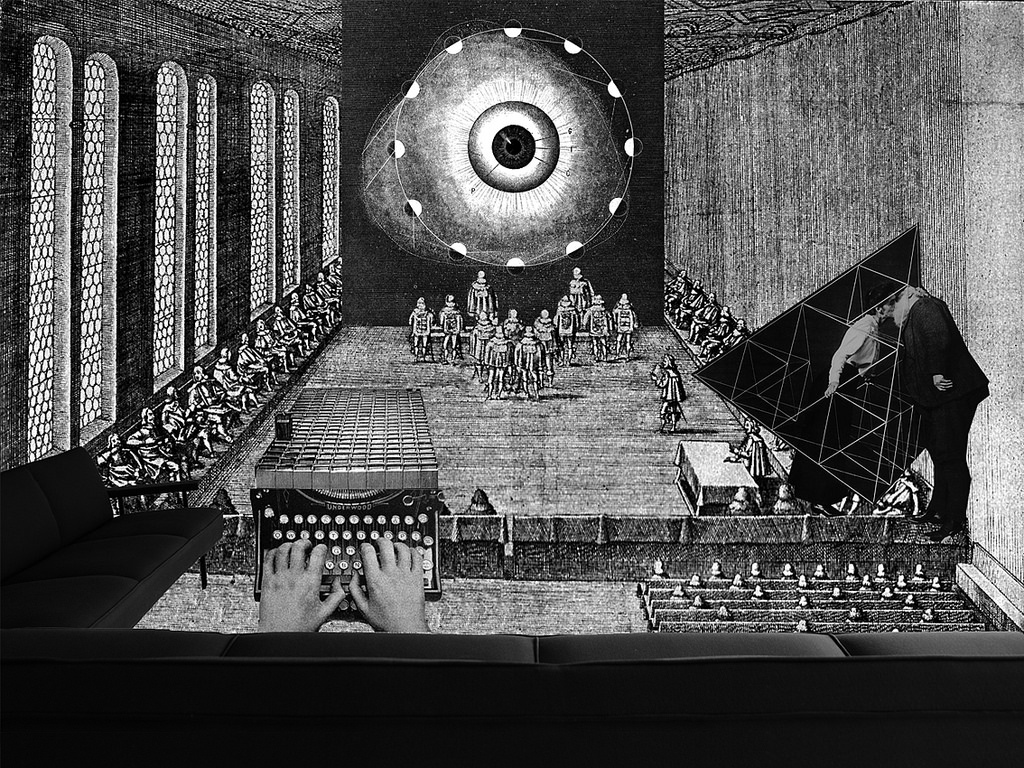Technosphere Magazine: Materials (2018)
Filed under dossier, magazine | Tags: · anthropocene, materials, matter, technosphere

“Stuff matters. In much of history, the real protagonists were the precious metals, burning hydrocarbons, superior aerogels, collapsing concrete, rare minerals, and toxic liquids. This goes for all chemical compounds, whether raw, processed, or newly designed, geogenic, biogenic, or anthropogenic. It is the inventory and also the political, ecologic, and economic criticality of the material world within which humans will always have to situate themselves. Inert matter constitutes the raw materials of life, while organic matter changes the chemical composition of other spheres, such as the atmosphere or the lithosphere. This is what Vladimir Vernadsky and others have taught us. Yet this eons-old circulation of matter has been perturbed, on a grand scale, by the intervention of a new sphere: the technosphere.
Perhaps the largest achievement in modern science is the studying of the properties of materials. In doing so, humans have discovered tools that have reshaped the world to the extent that the Earth has intractably reformulated itself in marked contrast from its prehuman trajectories. The whole technosphere rests on the mobilization and organization of (energetic) matter: its extraction, cracking, transformation, manipulation, and finally, dispersion. As a result, the entire material world has been turned into a resource to be manipulated, consumed, or reordered. It is the industrialization of this relationship between humankind and all matter that has contributed decisively to creating the technosphere.
This dossier discusses the criticality of the material world as the spatiotemporal backbone of the technosphere and, eventually, ourselves. It presents stories of stuff, from mining to discarding, by dwelling on the pure substances themselves as well as their endless variety, but also by bringing the logistics and transversal interrelations between them into focus. It asks about the relationship of artifacts and craft, the blurring lines between naturalness and artificiality, and even what defines the line between living and dead material.”
With contributions by Annapurna Mamidipudi, Sophia Roosth, Nicole Koltick, Sander van der Leeuw & Daniel Niles, Elaine Gan, and Esther Leslie.
Publisher Haus der Kulturen der Welt (HKW), Berlin, March 2018
Open access
Technosphere Magazine (2016-2019)
Filed under dossier, magazine | Tags: · anthropocene, anthropotechnics, creolization, earth, environment, human, infrastructure, technology, technosphere, theory

“Exploring the amorphous fabric of technologies, environments, and humans shaping Earth’s critical future.
The technosphere is the defining matrix and main driver behind the ongoing transition of this planet into the new geological epoch of humankind, the Anthropocene. Stemming from the ubiquity of human culture and global technologies, it forms a new and highly dynamic component of the Earth system, amorphous in its gestalt yet powerful in altering the history of this planet and the conditions for life on it. Mobilizing and transforming massive amounts of materials and energy, it is comparable in scale and function to other terrestrial spheres such as the bio- and hydrosphere, with which it connects and intersects. Put differently, it constitutes a form of a higher ecology generated by the cumulative interweaving of technologies and natural environments to the point where both become inseparable.
Manifest since at least the mid-twentieth century with the onset of the “Great Acceleration,” the technosphere has now reached an enormous, not yet determinate potential to alter the surface of the Earth as well as its great depths – from the orbital level to the deep sea. Owing to the capability of a single species to actuate technics that radically transform our planet, the technosphere thus represents a steep rupture and a qualitative shift in the way our planet has functioned for millions of years. How does the technosphere operate? How does it reorganize and re-functionalize the physicality and chemistry of living and non-living matter? And how does it change the ways we perceive the world?”
“Technosphere Magazine maps out specific dimensions, condensations, aggregations, “apparatuses,” problematics, conflict zones, ruptures, and operational failures, through and by which the technosphere becomes visible.” (from Editorial)
Editors-in-chief: Katrin Klingan, Christoph Rosol
Editorial team: Anujah Fernando, Ana María Guzmán Olmos, Nick Houde, Anna Luhn, Christoph Rosol, Johanna Schindler, Mira Witte
Illustrations: Nina Jäger
Publisher Haus der Kulturen der Welt (HKW), Berlin, 2016-2019
Open access
HTML
Dossiers: Anthropotechnics, Arctic, Borders, Creolized Technologies, Earth, Human, Infrastructure, Land & Sea, Machine Listening, Materials, Metabolic Systems, Phosphorus, Risk Equipment, Spheres, Substances, Trauma, Trust (HTML, updated on 2019-5-30)
Continent. 5(2): The Technosphere, Now (2016)
Filed under journal | Tags: · agency, anthropocene, biopshere, body, complexity, earth, ecology, food, human, infrastructure, media, nature, production, systems theory, technology, technosphere, waste, water

“The “technosphere” is geologist Peter Haff’s term for the planetary-scale networks of transport, information, energy and media operating at a scale and functional efficacy that we can now compare with geological and climatic forces—the soils and rocks of the lithosphere, the waters of the hydrosphere or the winds of the atmosphere. Its emergence as a thematic is driven by the same witnessing of intertwining natural environments, vast socio-technical forces, and increasingly diverse technological species and spaces that has precipitated discussions of the Anthropocene.
[…] The Technosphere project at the HKW in Berlin (2015-18) began with an initial gathering in Autumn 2015. The first occasion for the ongoing collaboration between continent. and HKW was the latter’s hosting of The Technosphere, Now event in October, 2015 in Berlin. Editors from continent. came from various corners of the globe, invited to immerse themselves into and extrapolate from the talks, discussions, presentations and demonstrations held there. Interview-discussions held with the likewise international set of researchers, theorists, artists and scientists at this event precipitated an online special issue of continent. for April 2016, featuring articles titled by the names of our interviewees.”
Features interviews with Arno Rosemarin, Birgit Schneider, Bronislaw Szerszynski, Donald MacKenzie, Erich Hörl, Jennifer Gabrys, Lino Camprubí, Lucy A. Suchman, Mark Hansen, Masahiro Terada, Mushon Zer-Aviv, Oliver Sann, Peter K. Haff, S. Løchlann Jain, and Scott Gabriel Knowles.
Edited by Nina Jäger, Paul Boshears, Bernhard Garnicnig, Jamie Allen, Lital Khaikin, Katrin Klingan, Anna Sophie Luhn, Christoph Rosol, and Nick Hood
Publisher continent., Apr 2016
Creative Commons Attribution 3.0 License
ISSN 2159-9920

